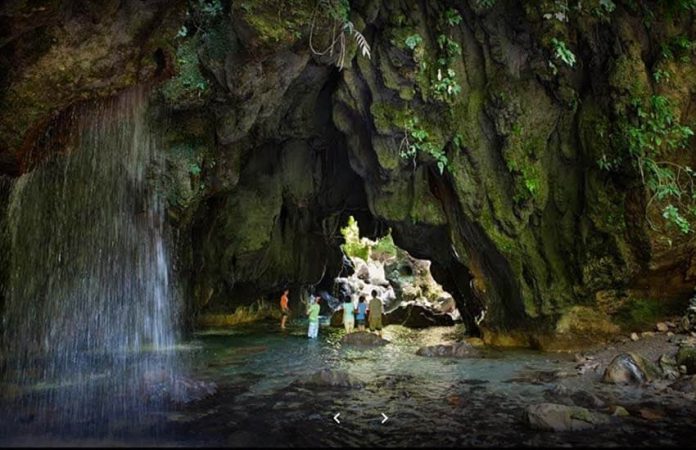Way back in 2011, my husband Alex and I did a road trip from Mexico City to the Sierra Gorda in northern Querétaro. I remember being pleasantly surprised at the good road conditions on the libre highway from the town of San Juan del Río northwards. More recently, someone told me that she had done the drive and liked it as well.
So in June 2022, I decided to drive the road once again. This time, my goal was to make it to Xilitla, San Luis Potosí, to see the Edward James surrealist gardens. I’m happy to report that the drive is still very enjoyable, but do it leisurely as there is so much to see along the way.
Whether you come from or pass through Mexico City or Querétaro, your adventure should start at the rapidly growing city of San Juan del Río on Route 120 north; but the sightseeing really begins at the Pueblo Mágico of Tequisquiapan.
Filled with colonial charm and wrought iron, it has become popular both with weekenders from various cities as well as a growing population of expats. It is also the beginning of the state’s Wine and Cheese Route (Ruta de Vino y Queso), celebrating Mexico’s second largest wine-producing area, which also happens to have dairy farms as well.
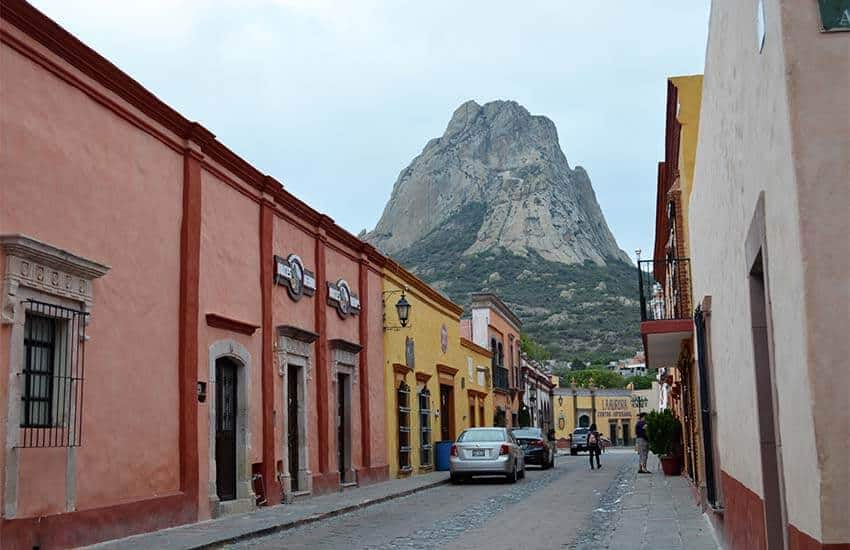
From Tequisquiapan, you will want to veer off Route 120 onto 200, then onto 100 toward Bernal. Along the way, you will see a number of vineyards helpfully marked, allowing easy visits.
Bernal is another of Querétaro’s Pueblos Mágicos, most famous for its Peña de Bernal monolith rock formation, one of the largest in the world and one of Mexico 13 Natural Wonders. It, too, is popular with weekenders, in part because the big rock has a reputation for having positive energy, so services such as ritual cleanses and temazcals (like a sweat lodge) are available here.
A little further up the road is Tolimán, an area noted for its strong Otomi-Chichimeca traditions, which prompted UNESCO to add the town’s culture onto its list of Intangible Cultural Heritage in 2009.
Route 100 rejoins Route 120 to continue onto the Sierra Gorda of Querétaro.
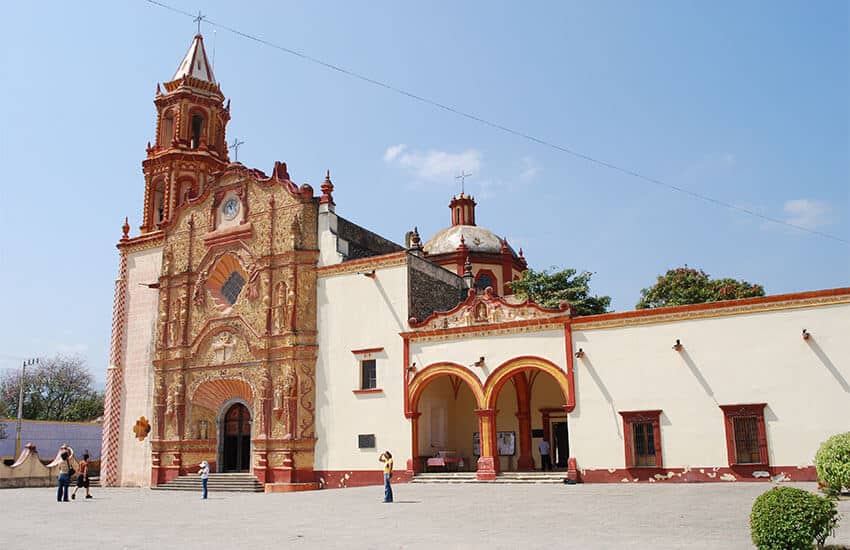
The Sierra Gorda essentially is a high, rugged mountain area that blocks much of the moisture coming in from the Gulf of Mexico. As you make it up and over, the changes in the vegetation are quite noticeable in a short distance (as the crow flies).
It is a rugged region with various microclimates and an important national biosphere reserve. Until you reach the town of Peñamiller, which calls itself the gateway to the Sierra Gorda, the climate is dry; the land relatively flat; and the road relatively free of potholes, speed bumps and really tight curves.
From here on, your luck with potholes and speed bumps continues, but not with the curves.
To be fair, I have been on far curvier roads in far worse condition with far fewer guardrails, but in more than a few places, there are curves where you can just see yourself just going off a cliff. And there are crosses on the side of the roads to drive that idea home.
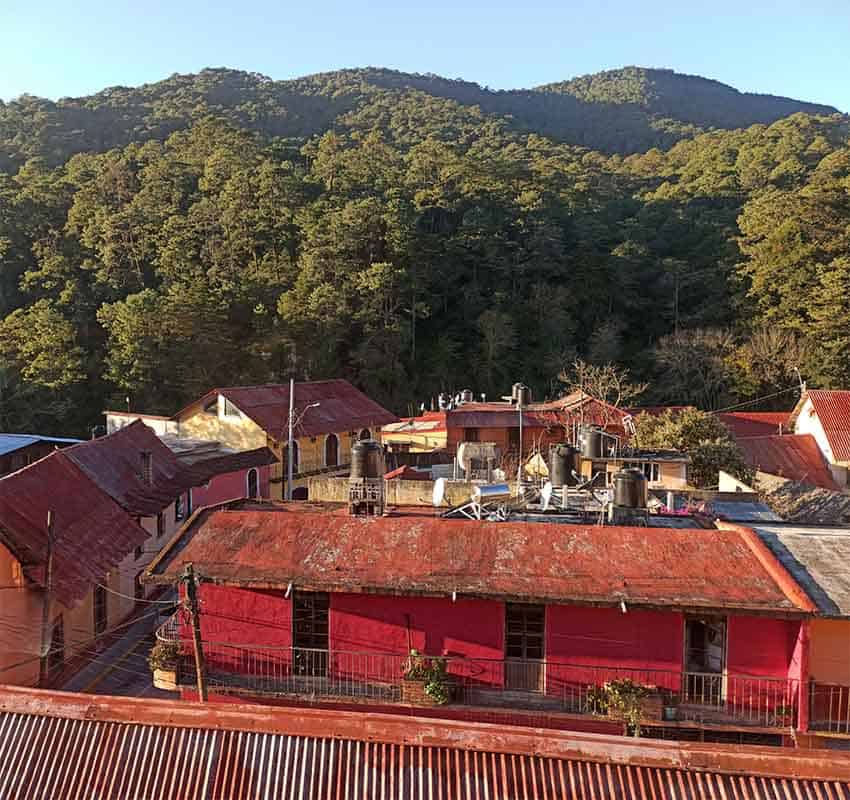
Peñamiller, on the southwest edge, is bone-dry, but as you make your way up to Pinal de Amoles, the flora gradually changes to cloud forest — pines at the highest elevations. From that point, the descent begins, the air gets more humid and the pine forest eventually gives way to semi-tropical.
When you cross the Querétaro border into the Xilitla municipality in San Luis Potosí, there is no doubt you are in rainforest. The abundance of rain here is quite striking.
But before you jump into Xilitla — another Pueblo Mágico — the Sierra Gorda has a lot to offer in the way of natural beauty and history. It is home to the second largest pit cave in the world, the Sótano de Barro, with its numerous hiking trails and camping.
It is also home to five Franciscan missions established by Father Juníper Serra in the 18th century, the forerunners of his famous California missions. The most noted is in Jalpan de Serra, which is yet another Pueblo Mágico.
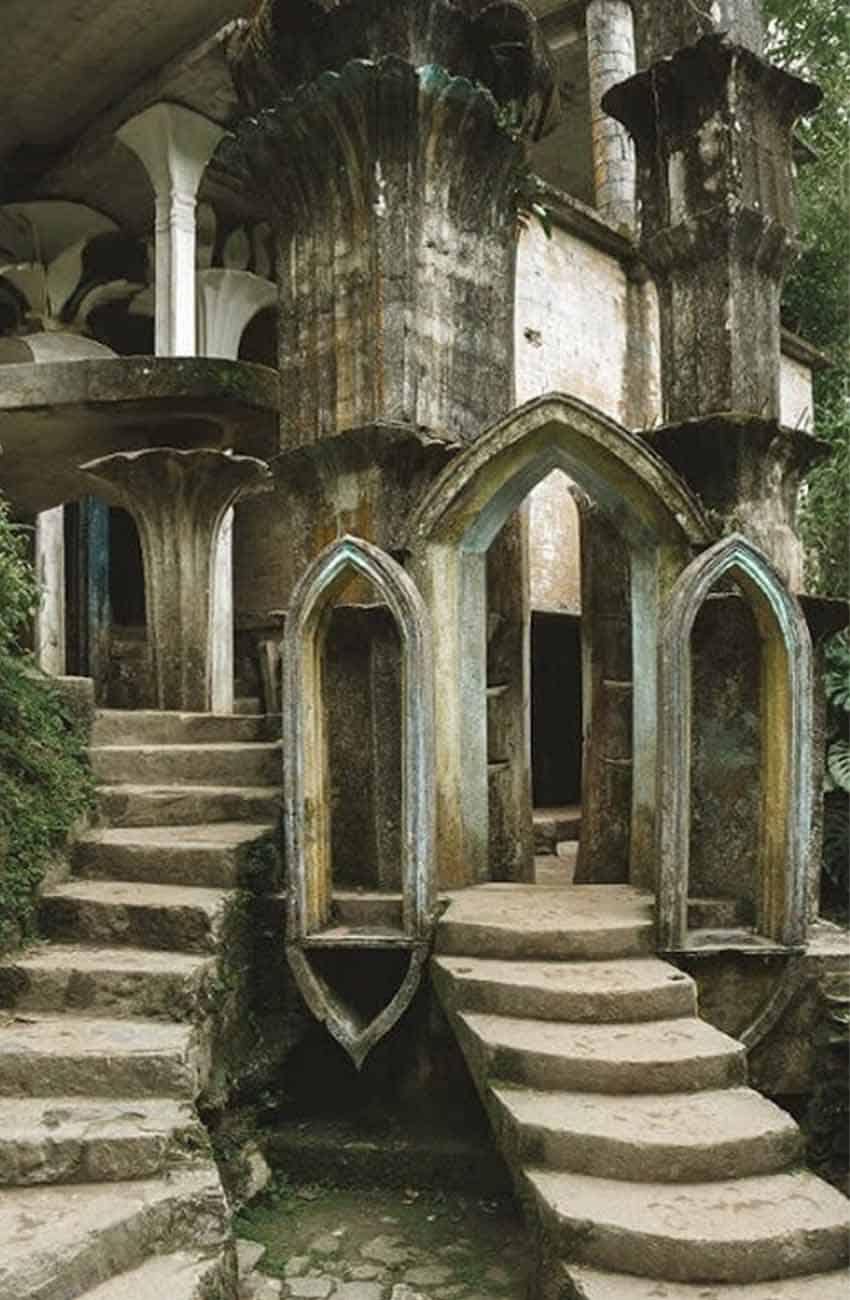
It and the other four in Tancoyol, Concá, Tilaco and Agua de Landa together are a UNESCO World Heritage Site.
Upon crossing the border into San Luis Potosí, you leave the natural protected area, but there is no lack of natural beauty. While very rainy and humid, the area is only semi-tropical because of its elevation. It is a coffee-growing region, which becomes apparent in Xilitla with the prevalence of cafes and tours to the coffee fincas (farms).
But the real reason people come here is the former house and gardens of British surrealist poet Edward James.
Built over time in the mid 20th century, the remains of his never-finished compound continue a valiant battle against the constant moisture, moss and jungle growth that threatens everything here with complete ruin. The box canyon with its waterfall is still beautiful and was probably every bit the paradise that James called it when he came to the area in the mid 20th century.
As good as the road conditions are, I would not recommend driving back the same way. The stretch in the Sierra Gorda is challenging. You drive that road to enjoy the journey, taking it bit by bit.
For the return, I recommend Xilitla to the city of San Luis Potosí (worth visiting as well), then south back to the city of Querétaro. Yes, it is longer, but it is certainly faster and easier.
Leigh Thelmadatter arrived in Mexico 18 years ago and fell in love with the land and the culture in particular its handcrafts and art. She is the author of Mexican Cartonería: Paper, Paste and Fiesta (Schiffer 2019). Her culture column appears regularly on Mexico News Daily.
